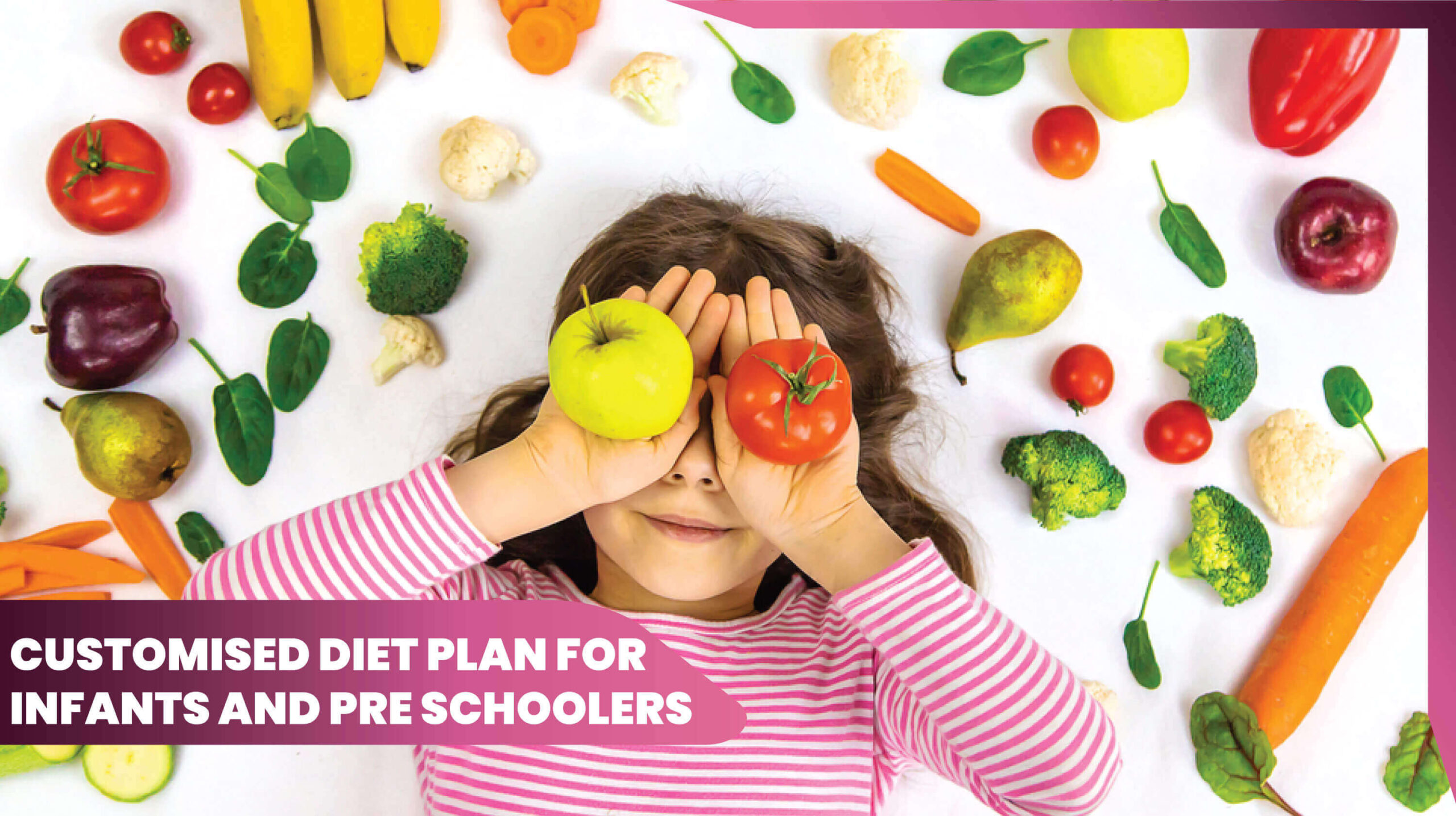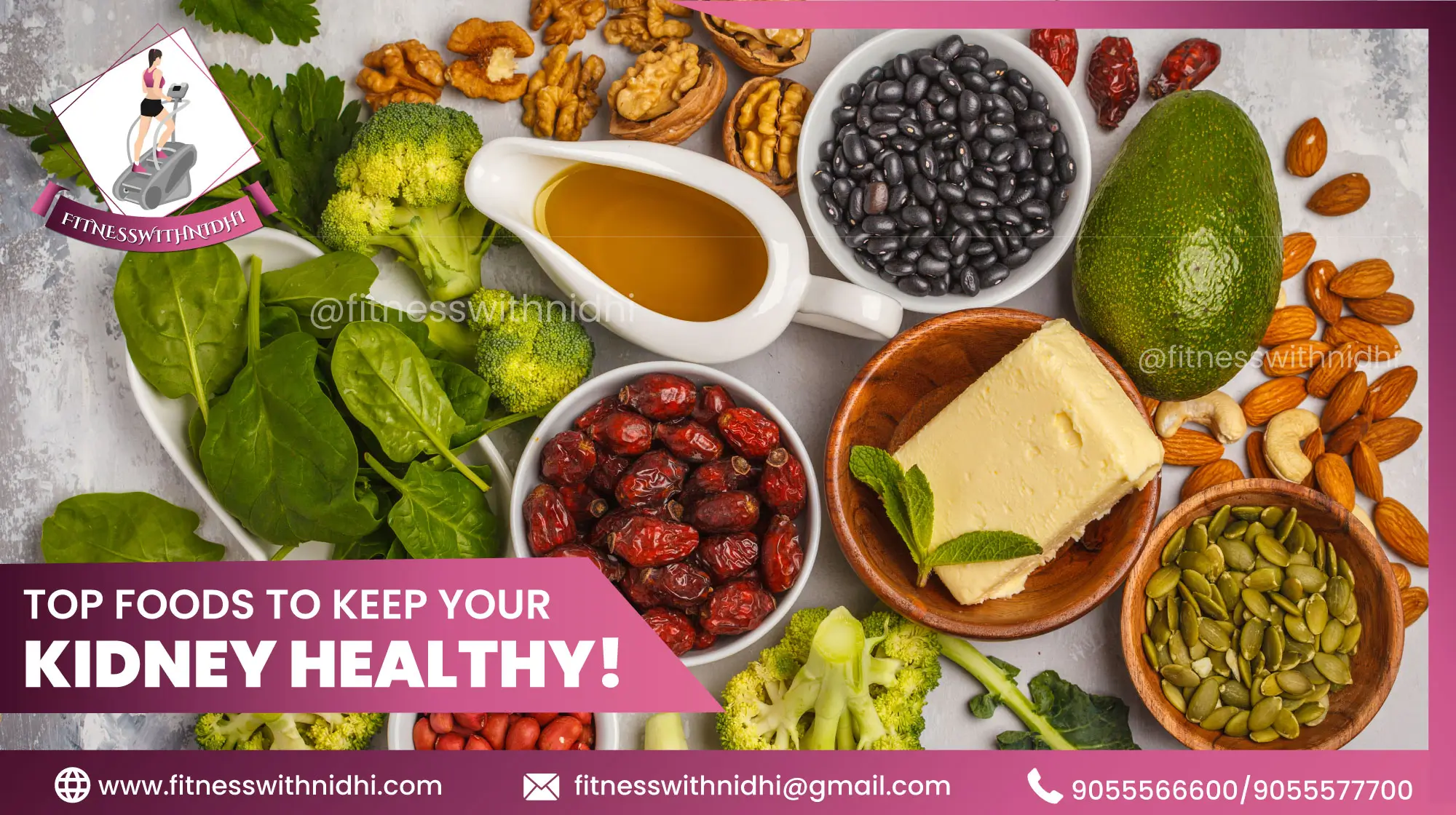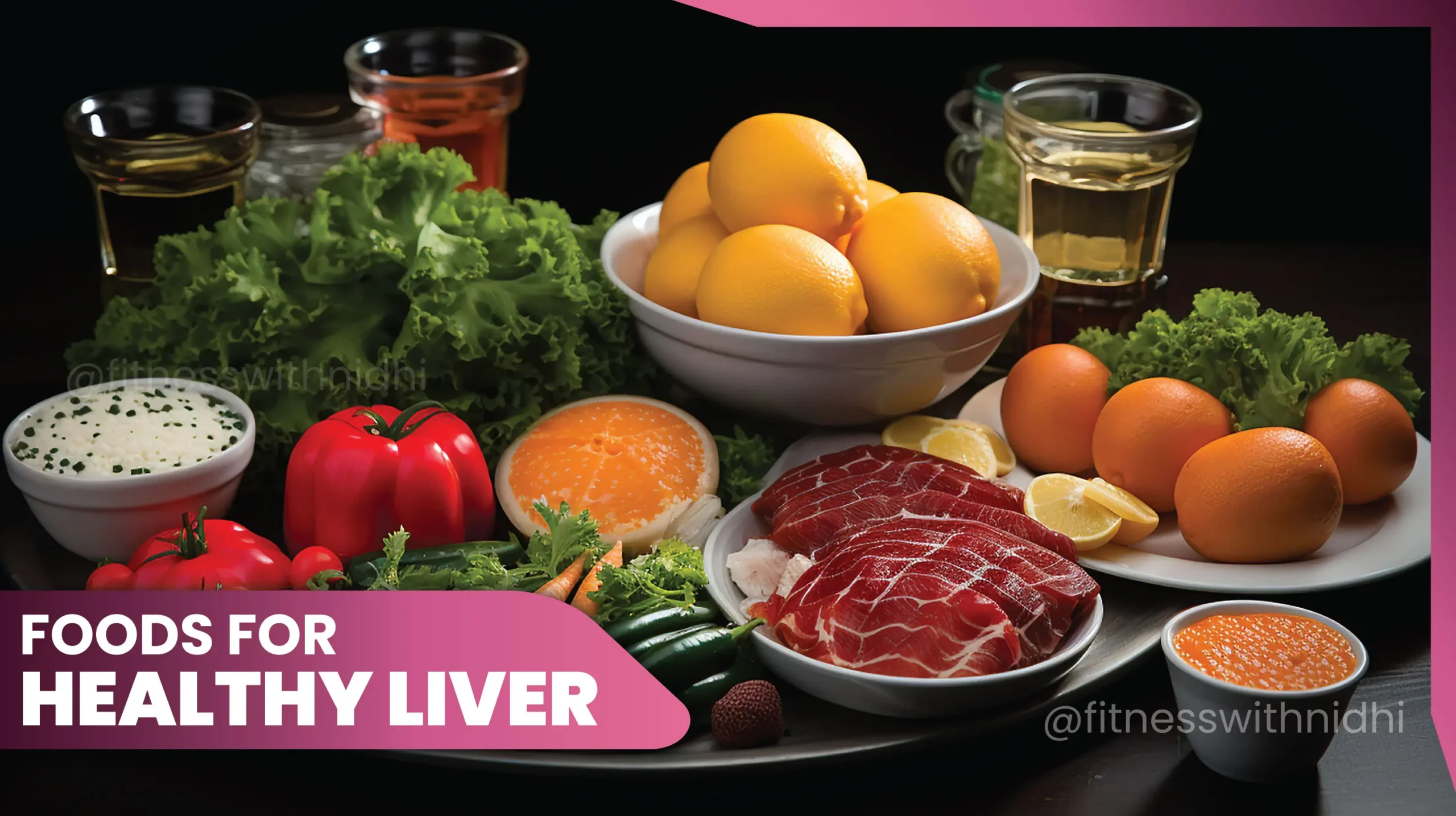The age of infancy (0-1 year) and preschool (1-6 years) is very crucial as it is the formation of lifelong behavioral food habits and physiological growth patterns. Parents need to be imaginative, interested, and patient to give undivided time and attention to their toddlers. One mistake goes a long way to mend it. About half the children are malnourished during their infancy years (0-6 years of age) and preschool years (1-6 years).
Every parent needs to know how to accurately monitor the growth pattern of his/her toddler. For this, growth charts are available at Anganwadi and health centers. These charts show the ideal weight for the age of the child and respectively show the stage of his/her stage of nutrition i.e., nourished, mildly malnourished, medium malnourished, and severely malnourished.
Children having desired weight for age and respective height for age would never face the problem of stunting. As stunting reduces work capacity and in women, it takes a toll on their reproductive health. There are several causes of malnutrition. Major causes are – lack of good nutrition and infections. For most of the diseases of early childhood, vaccines are now available which help in preventing some of the deadly infections and diseases.
Nutrient Needs & Recommended Dietary Allowances(RDA) for Infants and Preschoolers
In India, the health of children of well-to-do families is considered a milestone to monitor the health of normal children. The same is observed in the various growth charts given by National Centre for Health Statistics. The nutritional requirement of the infants (0-6 months) is exclusively met by breastfeeding. After 6 months along with breastfeeding, complementary feeding is imperative to be introduced.
- Energy
- The calorie requirement of an infant (0-6 months) of age is 108 Kcal/day which is higher as compared to that of 6- 12 months of age which is 103 Kcal /day.
- This difference in energy requirement is due to the rapid growth in the first 6 months of a child.
- The energy requirement of a preschooler is also categorized as 1240 Kcal/day during 1-3 years of age and 1690 Kcal/day during 3-6 years of age. Contact us for a customized meal plan for your kid.
- Protein
- The protein needs of infants are for both growth and maintenance.
- During the first six months of age, the protein requirement is fulfilled solely from breast milk but after six months of age, only breast milk is not enough so the protein requirement must be completed from protein sources of complementary foods like milk and milk products, cereals, pulses, and flesh foods.
- Thus, till six months of age 1.85 g of protein is needed per day, and till 12 months of age 1.65 g of protein is needed per day.
- Fats
- For infants, breast milk supplies 30 g of fat per day of which 10% contains essential fats.
- Preschoolers (1-6 years) must consume 40% energy from fats as fats help in resolving the problem of a child’s high energy needs and small gastric capacity.
How Fitness with Nidhi’s customized meal plan can help you?
We provide you with a plan where you feed your baby all the healthy foods, easy-to-cook recipes, and also how much to feed and when to introduce which food to your young one.
What should be fed to a 0-6 months-old infant?
The advantages of breast milk are numerous which makes it a complete diet for an infant. Not even additional water needs to be supplemented along with the breast milk even during hot summer days. Feeding water may prove to be unhygienic and may reduce the sucking action of the infant, which is of tremendous importance in breast milk production.
What should be fed to a 6-12 month-old infant?
As already discussed, feeding breast milk does not meet the nutrient needs of a 6-12 months infant. So complementary foods need to be introduced at this stage of life.
- Introduction of Solid Foods: At around six months of age, you can start introducing solid foods to your baby alongside breast milk or formula. This process is known as complementary feeding. Start with single-ingredient, pureed, or mashed foods that are easy to swallow and digest. Examples include pureed fruits (such as bananas or avocados), vegetables (such as sweet potatoes or carrots), and infant cereal (such as rice or oatmeal). Begin with a small spoonful and gradually increase the amount as your baby shows readiness and acceptance.
- Expanding the Diet: As your baby grows, you can introduce a wider variety of foods. Include cooked and mashed or finely chopped soft foods like well-cooked vegetables, fruits, legumes, and grains. Offer different textures to help develop chewing skills. Introduce one new food at a time, waiting a few days before introducing another to check for any allergic reactions or sensitivities.
- Allergenic Foods: It is no longer recommended to delay the introduction of potentially allergenic foods, such as peanuts, eggs, dairy, wheat, soy, fish, and shellfish. Introducing these foods early (around 6-12 months) may help reduce the risk of allergies. However, it’s important to consult with your pediatrician, especially if you have a family history of allergies.
- Introducing Meats: After around 6-8 months, you can introduce pureed or finely minced cooked meats to provide essential iron and zinc. Make sure the meat is cooked thoroughly and finely shredded or mashed for easier consumption.
- Finger Foods: Around 8-10 months, you can introduce soft finger foods that your baby can hold and eat independently. Examples include small pieces of soft fruits, cooked vegetables, or cereals.
8 Healthy Infant Meal Recipes
Here is a list of 8 meals that are super healthy and delicious for those little tummies.
- Dal Rice and Carrot Porridge
- Wheat Porridge
- Sweet Potato Scramble
- Pumpkin Apple Meal
- Suji ki kheer
- Spinach and Pumpkin Puree
- Khichdi
- Raisin and Fruit Puree
Download FREE PDF by Fitness with Nidhi to get more information and recipes for the same.
What should be fed to a Preschooler (1 to 6 Years)?
Preschoolers grow at a rate of 6-7 cm/year and 1.5-3 kg/year in weight. Further, preschoolers show increased physical activity due to which they have higher energy needs as compared to any other stage of life. These increased energy needs may lead to malnutrition if adequate nutrition is not provided.
During these years, eating habits also get established among preschoolers. A nutritionally adequate/ balanced diet is essential for optimal growth and development. Preschoolers must be given less bulky foods that should be rich in protein and energy. Seasonal green leafy vegetables and fruits must be a part of their everyday eating pattern.
Children of 1-6 years of age consume a ½-3/4th number of cereals, pulses, and vegetables as compared to a sedentary woman but need an extra cup of milk every day.
Here are some key considerations and food groups to include:
- Fruits and vegetables: Offer a variety of fruits and vegetables to ensure a range of vitamins, minerals, and fiber. Include fresh, frozen, or canned options. Encourage your child to try different colors and textures. Examples include berries, bananas, apples, carrots, broccoli, and leafy greens.
- Whole grains: Opt for whole grains such as whole wheat bread, brown rice, quinoa, and oatmeal. These provide fibre, energy, and essential nutrients. Limit processed and refined grains like white bread and sugary cereals.
- Protein: Include lean sources of protein for growth and development. Options include poultry, fish, lean meats, eggs, beans, lentils, tofu, and Greek yogurt. Serve them in child-friendly ways, such as chicken nuggets or mini meatballs.
- Dairy or Dairy Alternatives: Offer age-appropriate servings of milk, yogurt, and cheese for calcium and vitamin D. If your child cannot consume dairy, choose fortified plant-based alternatives like soy milk or almond milk.
- Healthy Fats: Include foods rich in healthy fats, such as avocados, nuts, seeds, and nut butter. These provide essential fatty acids for brain development. Use healthy oils like olive oil for cooking and dressing.
- Limit Added sugars and processed foods: Minimize sugary drinks, sodas, candies, cookies, and processed snacks. Instead, offer healthier alternatives like fresh fruit, homemade snacks, or low-sugar options.
- Encourage water intake: Make water the primary beverage for your preschooler. Limit sugary drinks and juices, as they can contribute to excess calorie intake and dental issues.
- Balanced meals and snacks: Offer three main meals (breakfast, lunch, and dinner) along with healthy snacks. Aim for a mix of carbohydrates, protein, and healthy fats in each meal. Snacks can include fruits, vegetables with dip, yogurt, cheese, or whole-grain crackers.
- Involve your child: Encourage your preschooler to participate in meal planning and preparation. This can increase their interest in trying new foods and develop a sense of ownership over their meals.





